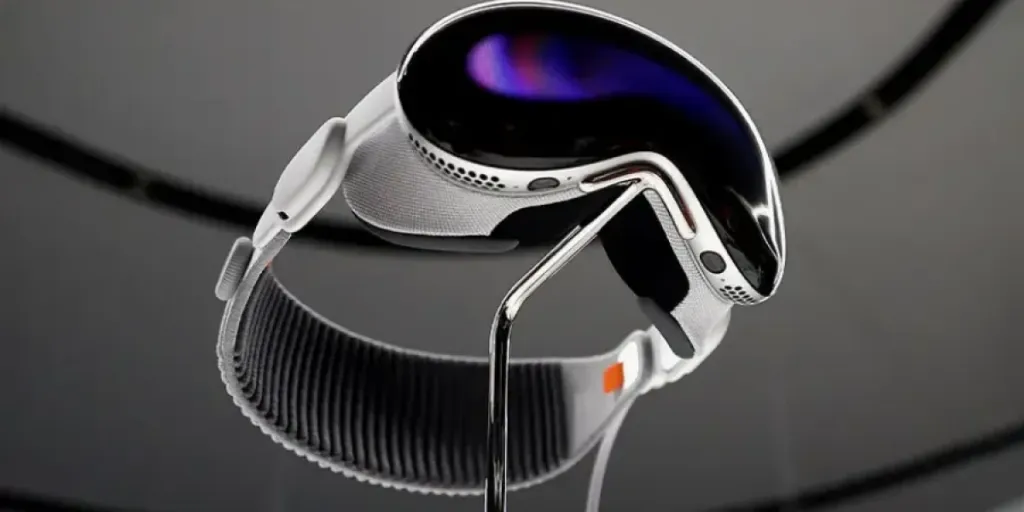At 21:00 Beijing time on January 19th, Apple Inc. launched the highly anticipated pre-sale of its first-ever head-mounted display device, the Vision Pro, which saw its initial stock sell out within a mere ten minutes. This significant move marked Apple’s assertive entry into the Mixed Reality market, simultaneously igniting a fervent response from Shenzhen’s Huaqiangbei, known as China’s Silicon Valley. On one hand, the original Vision Pro, with its high price tag and limited availability, created a fervor in the market, with procurement costs soaring to five figures in some channels. On the other hand, the market swiftly saw the emergence of a significantly cheaper replica, dubbed the “Apple Core,” lying readily across the counters of Huaqiangbei merchants. This article aims to delve into the phenomenon of these replicas and the cross-border e-commerce opportunities they present, thoroughly examining the market dynamics and potential business prospects that emerge from this trend.
Table of Contents
1. The VR/MR market landscape and Apple Vision Pro’s entry
2. The emergence of the ‘Apple Core’
3. Cross-border e-commerce opportunities for online retailers
4. Conclusion
The VR/MR market landscape and Apple Vision Pro’s entry
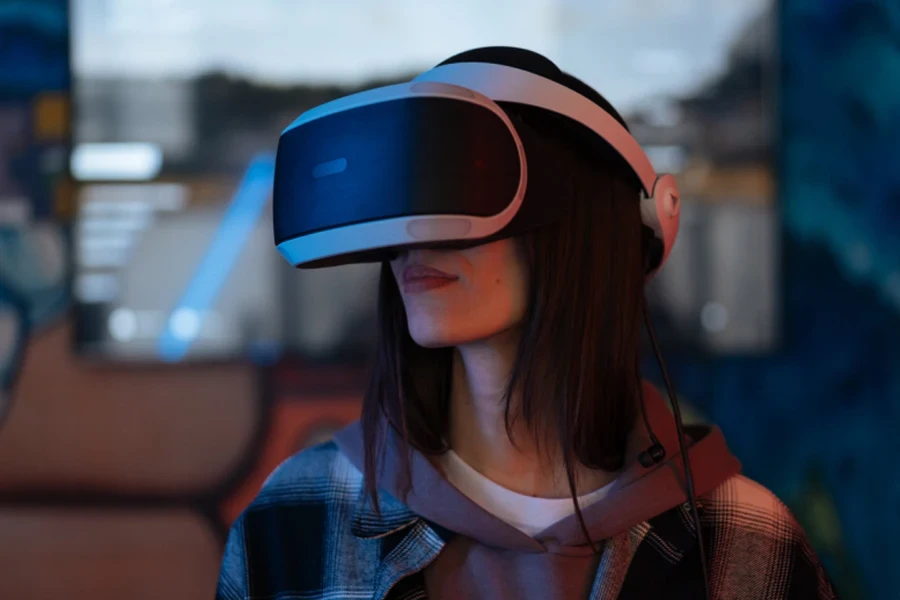
The Virtual Reality (VR) and Mixed Reality (MR) market landscape in 2024 is anticipated to experience significant growth. The Global Mixed Reality market is expected to rise at a considerable rate during the forecast period between 2024 and 2031, with the market size projected to reach multimillion USD by 2029, exhibiting unexpected CAGR during 2022-2029. Similarly, the United States augmented and virtual reality market is projected to grow at a CAGR of 27.60% between 2024 and 2032, reaching a value of around USD 35.4 billion by 2032. While the adoption of XR technologies remains at an early stage, a sales rebound is predicted for 2024, with the market buzzing with the announcement of several new mixed-reality headsets and smartglasses. The economic landscape of Virtual Reality in 2024 has also seen exponential growth, expanding beyond gaming and entertainment to encompass sectors like real estate, automotive, and retail. Despite this growth, mainstream adoption of AR/VR technologies is still expected to lag behind in 2024.
Apple’s launch of the Vision Pro is expected to have a significant impact on the VR and MR market landscape. The introduction of the Vision Pro is anticipated to revolutionize the metaverse and corporate environments, making the total addressable market for mixed reality larger and potentially leading to more common partnerships in the industry. The Vision Pro is positioned between AR and VR, offering a unique approach that can potentially fuel the traction of mixed reality. Additionally, it is seen as a device that reimagines the application of VR technology, illustrating its transformative potential across various sectors. Apple’s entry into the VR space is likely to bring the conversation around virtual reality, mixed reality, and the metaverse to the forefront, potentially amplifying positive momentum and leading to advancements and breakthroughs in the industry. The Vision Pro is also expected to have a wide range of applications, covering uses from professional to personal, and could lead to accelerated developments in the AR/VR industry.
The emergence of the ‘Apple Core’
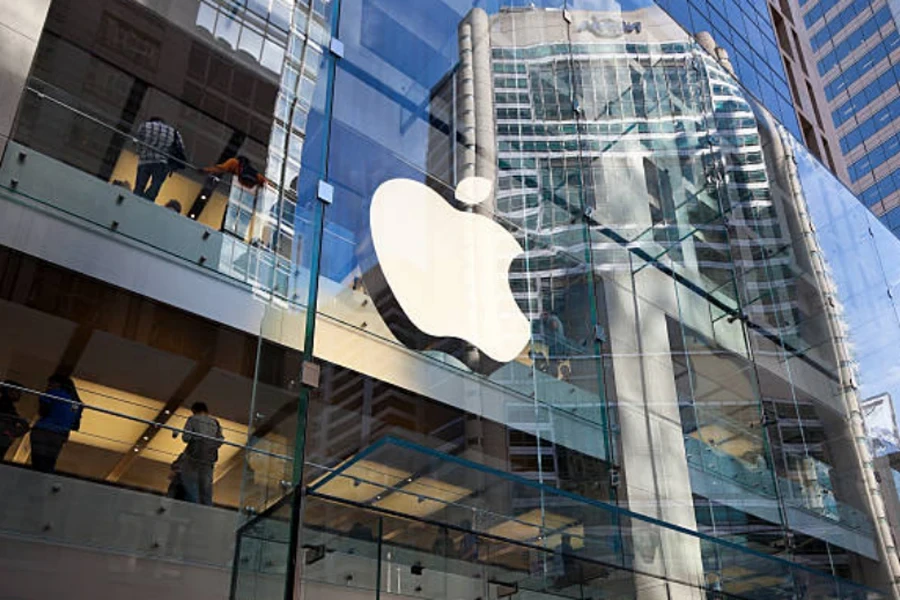
In the wake of Apple’s successful launch of the Vision Pro, a noteworthy phenomenon emerged from Shenzhen’s renowned electronics market, Huaqiangbei – the introduction of a low-price replica of the Vision Pro, “Apple Core”. This replica, priced at only a fraction of the original’s cost, has garnered significant attention in both domestic and international markets. Retailing at around 1600 RMB (approximately $222) domestically and $500 for international customers, this replica offers an alternative to Apple’s high-end device, which is priced at $3499 (about 25171 RMB).
Despite its lower price, the Huaqiangbei Vision Pro replica presents noticeable differences in both appearance and hardware configuration compared to the original. While it mimics the basic design and functionality of the Vision Pro, the replica falls short in terms of build quality and performance. It features a plastic body instead of the aluminum alloy used in the original and is equipped with just two cameras in the front, as opposed to the 12 cameras and 5 sensors of the genuine product. Upon startup, the replica displays an Android logo followed by a 3D “Vision SE” icon, revealing its Android-based system which attempts to replicate the Apple Vision OS interface.
From a technical standpoint, the replica is powered by a Snapdragon 710 chip, a far cry from the high-performing Apple M2 chip in the original. The screen resolution is only 720p, contrasting sharply with the 4K display boasted by the genuine product. Despite these limitations, the replica supports up to 1TB of external storage, a feature that would require an additional $400 for an upgrade from 256GB to 1TB on the original Vision Pro.
Cross-border e-commerce opportunities for online retailers: Harnessing high demand for cost-effective VR/MR products
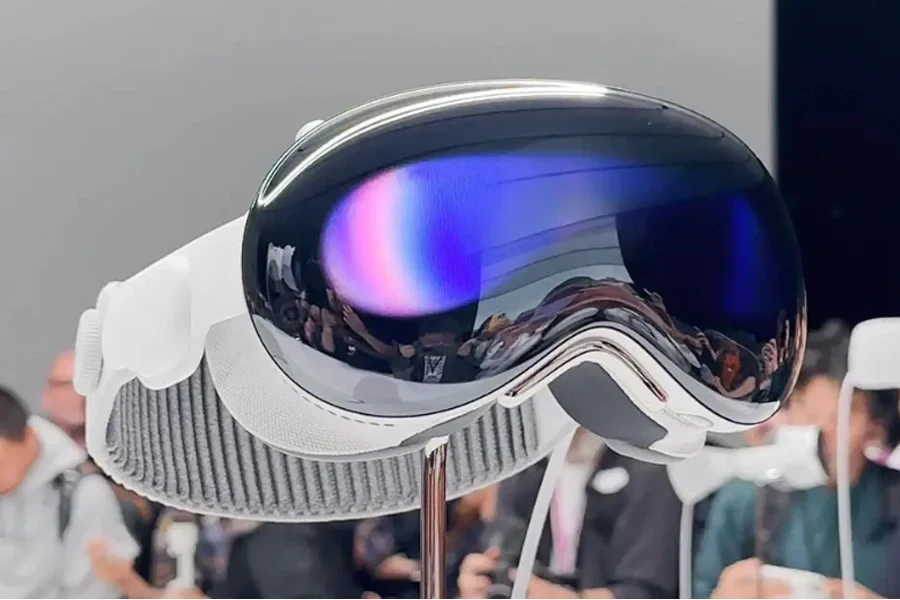
Retailers can seize this opportunity by collaborating with manufacturers to produce VR/MR products that offer a middle ground between the high-quality features of the Apple Vision Pro and the affordability of the Apple Core replica. Improvements can be made in several key areas:
Display and Resolution: Upgrading from the replica’s basic 720p display to a higher resolution screen would significantly enhance user experience, approaching the clarity offered by the Vision Pro’s advanced display technology.
Processing Power and Performance: Integrating a more powerful processor than the replica’s Snapdragon 770, retailers can aim for performance closer to the Apple M2 chip, ensuring smoother operation and better handling of complex VR/MR applications.
Camera and Sensors: While the Apple Core features only two basic cameras, an upgrade to a more sophisticated camera system would enhance functionalities like gesture recognition and spatial tracking, narrowing the gap with the Vision Pro’s advanced camera setup.
Build Quality and Design: Improving the overall build quality, shifting from the replica’s plastic body to more durable materials, would give a more premium feel, akin to the Vision Pro’s aluminum alloy body.
Software Integration: Offering a more refined and user-friendly interface than the replica’s Android-based system, possibly with more intuitive controls and features, can elevate the user experience closer to that of visionOS.
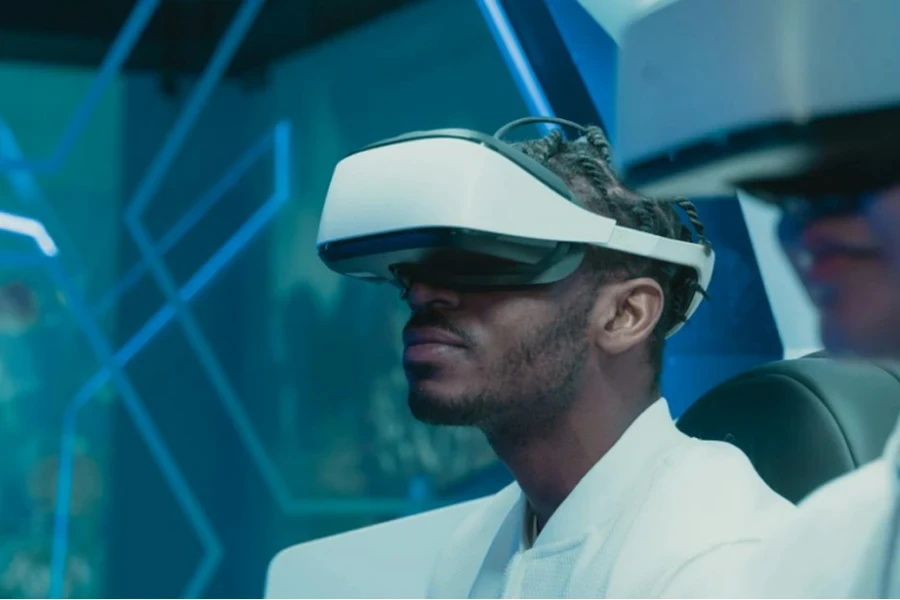
By focusing on these improvements, online retailers can develop VR/MR products that not only appeal to consumers looking for affordability but also satisfy those seeking a quality experience akin to what the Apple Vision Pro offers. Capitalizing on the industry hype surrounding the Vision Pro, these enhanced products have the potential to sell well in the market, especially if they successfully balance quality with cost-effectiveness.
Conclusion
The rising trend of affordable VR/MR products, exemplified by the popularity of the “Apple Core” despite its limited functionality and substandard experience, has spotlighted a significant consumer demand in this technology segment. This opens up a valuable opportunity for online retailers in the cross-border e-commerce landscape. By recognizing the potential in this burgeoning market and collaborating with manufacturers to balance quality with affordability, retailers can develop and offer products that provide a compelling alternative to high-priced originals like the Apple Vision Pro. Capitalizing on the current industry excitement, these improved VR/MR products could not only meet the growing consumer demand for cost-effective tech solutions but also establish online retailers as pivotal players in a market eager for accessible yet quality-driven technological experiences.
Disclaimer: This article represents solely the views of the author and should not be taken as reflecting the opinions of Alibaba. All information presented is based on publicly available sources and does not constitute any form of recommendation. Readers are advised to exercise their own judgment in evaluating the information provided.
